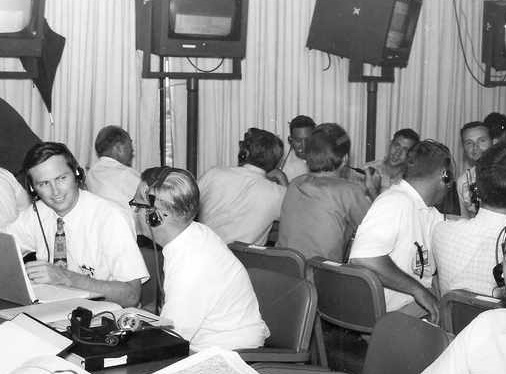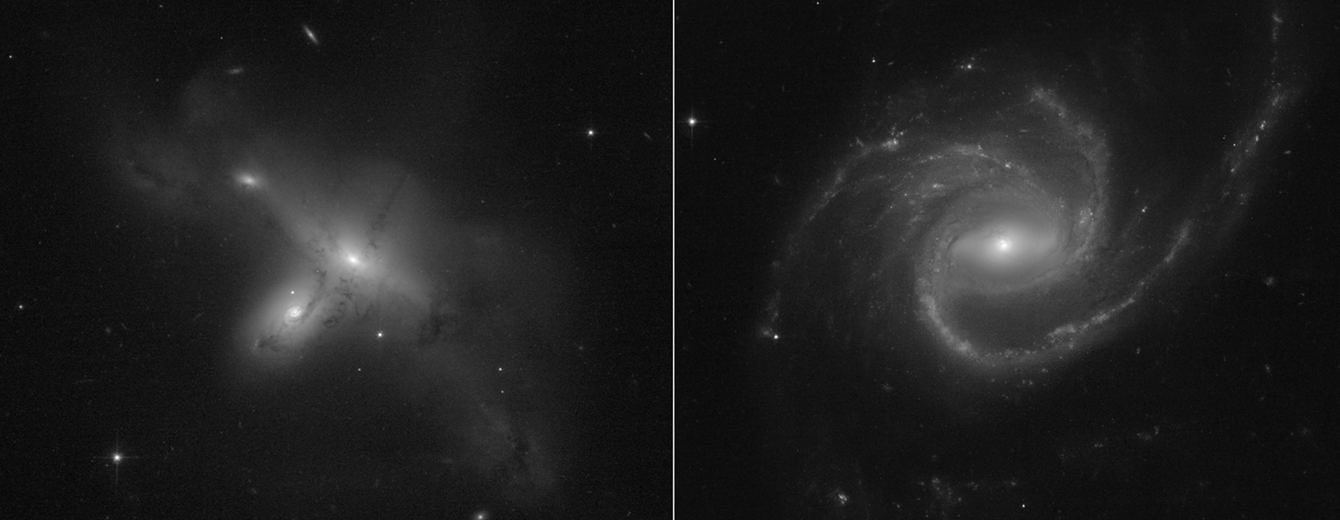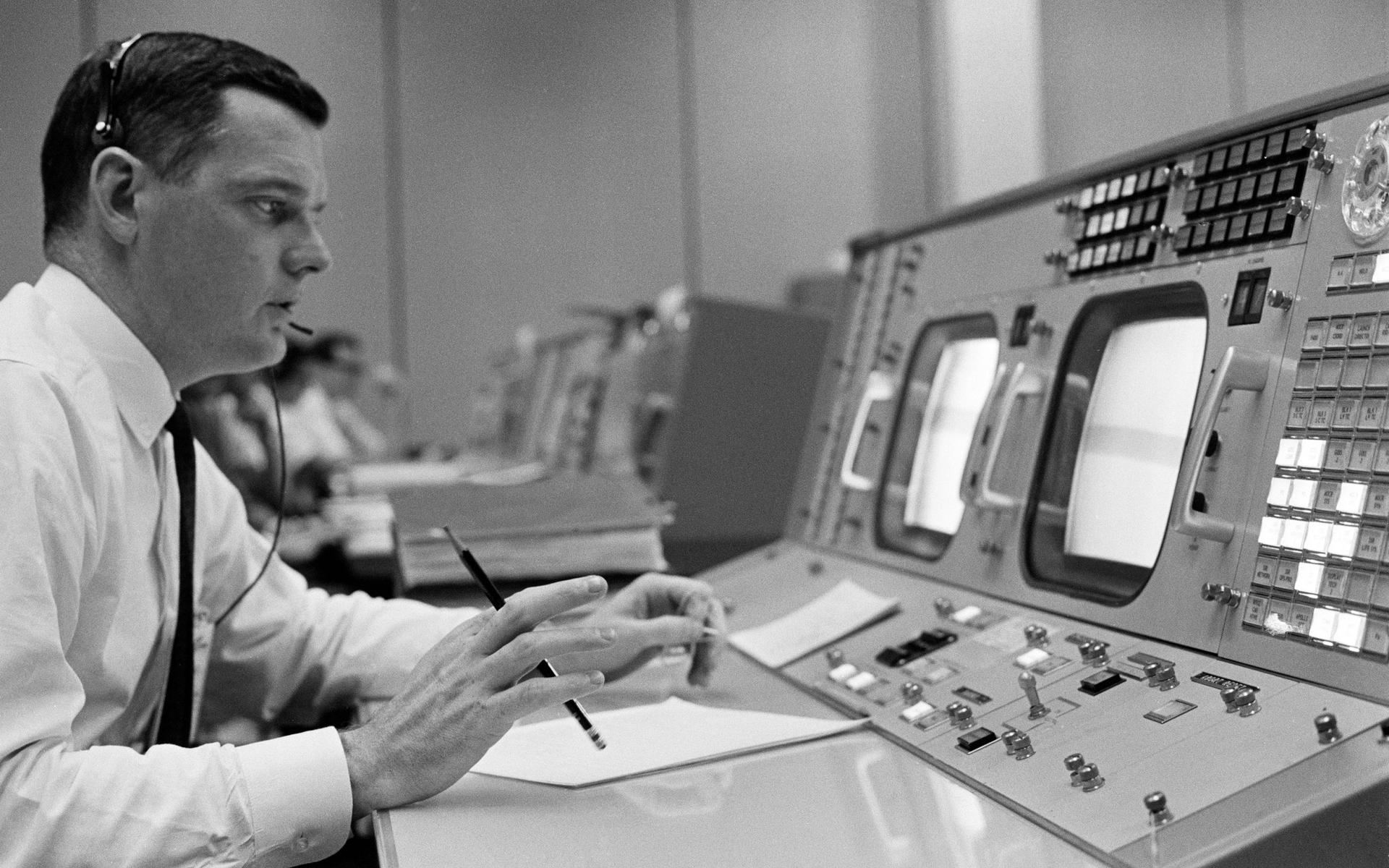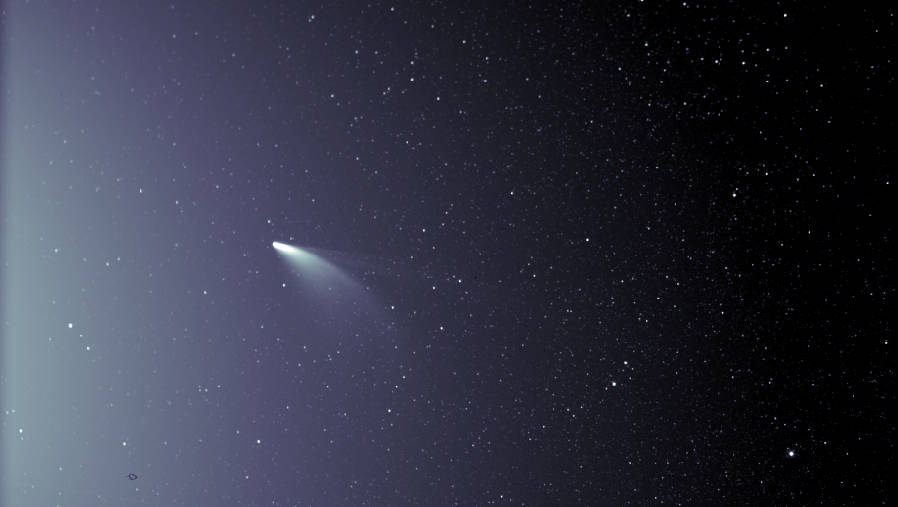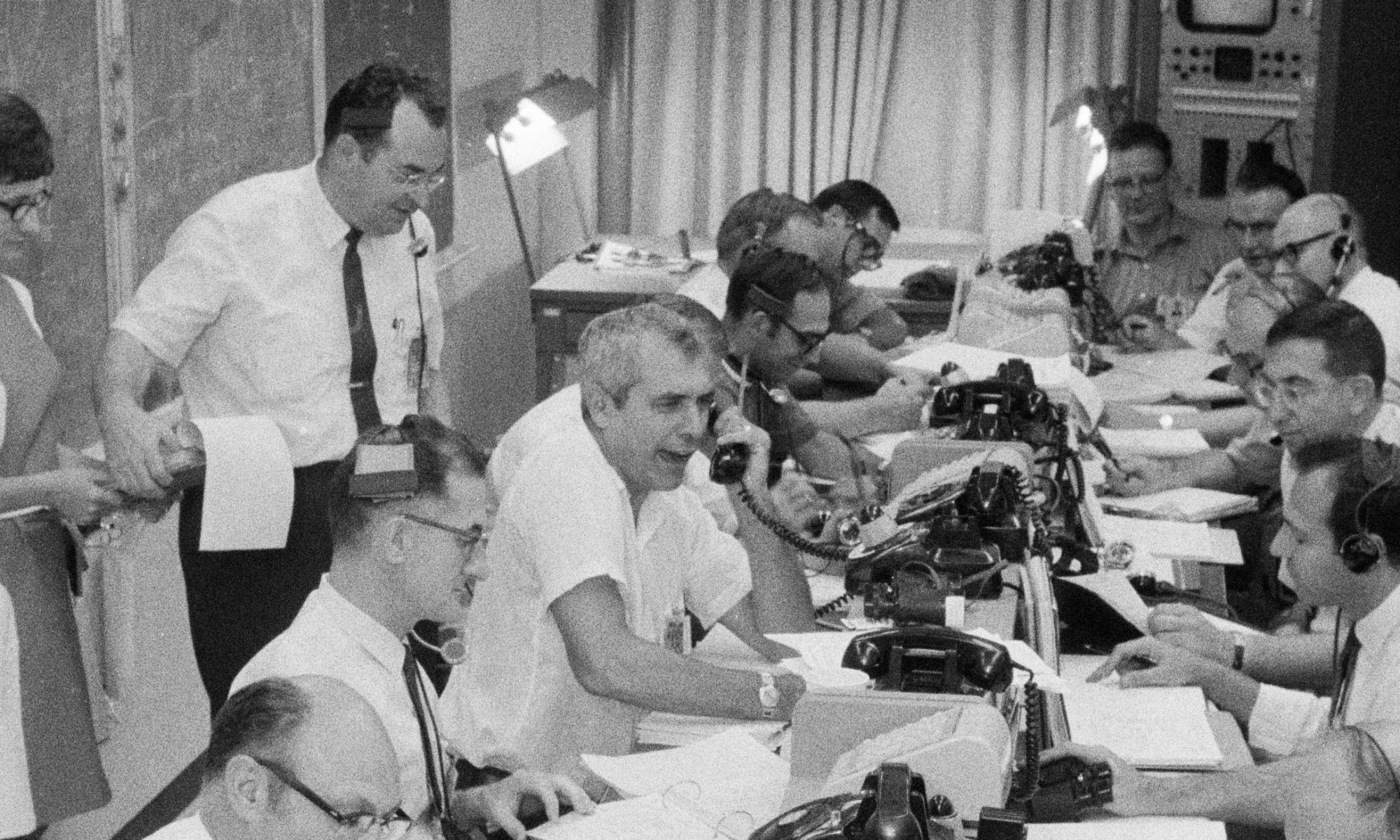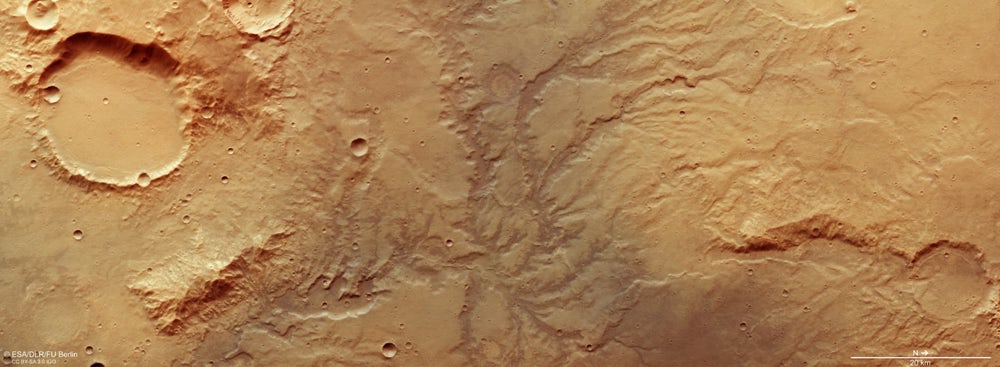Jerry Woodfill, an engineer who worked diligently behind the scenes during NASA’s Apollo program, has passed away at age 79. Jerry was still employed by the Johnson Space Center (JSC) at the time of his death, working there for over 57 years. Most notably, Jerry worked as the lead engineer behind the Caution and Warning System on the Apollo spacecraft, which alerted astronauts to issues such as Apollo 11’s computer problems during the first Moon landing, and the explosion of Apollo 13’s oxygen tanks.
While continuing his work as an engineer at JSC, Jerry’s infectious enthusiasm for spaceflight led him to also be part of NASA’s public and educational outreach, where he spearheaded programs for children, teachers and adults about science and space flight. He routinely gave over 40 lectures a year, both in person and online to listeners around the world. His unique sense of humor and sometimes unabashed showmanship could hold even the shortest of young attention spans. Jerry usually had his audiences either in stitches or fully captivated by his stories.
Continue reading “Remembering NASA Engineer Jerry Woodfill, the Inspiration Behind “13 Things That Saved Apollo 13””
